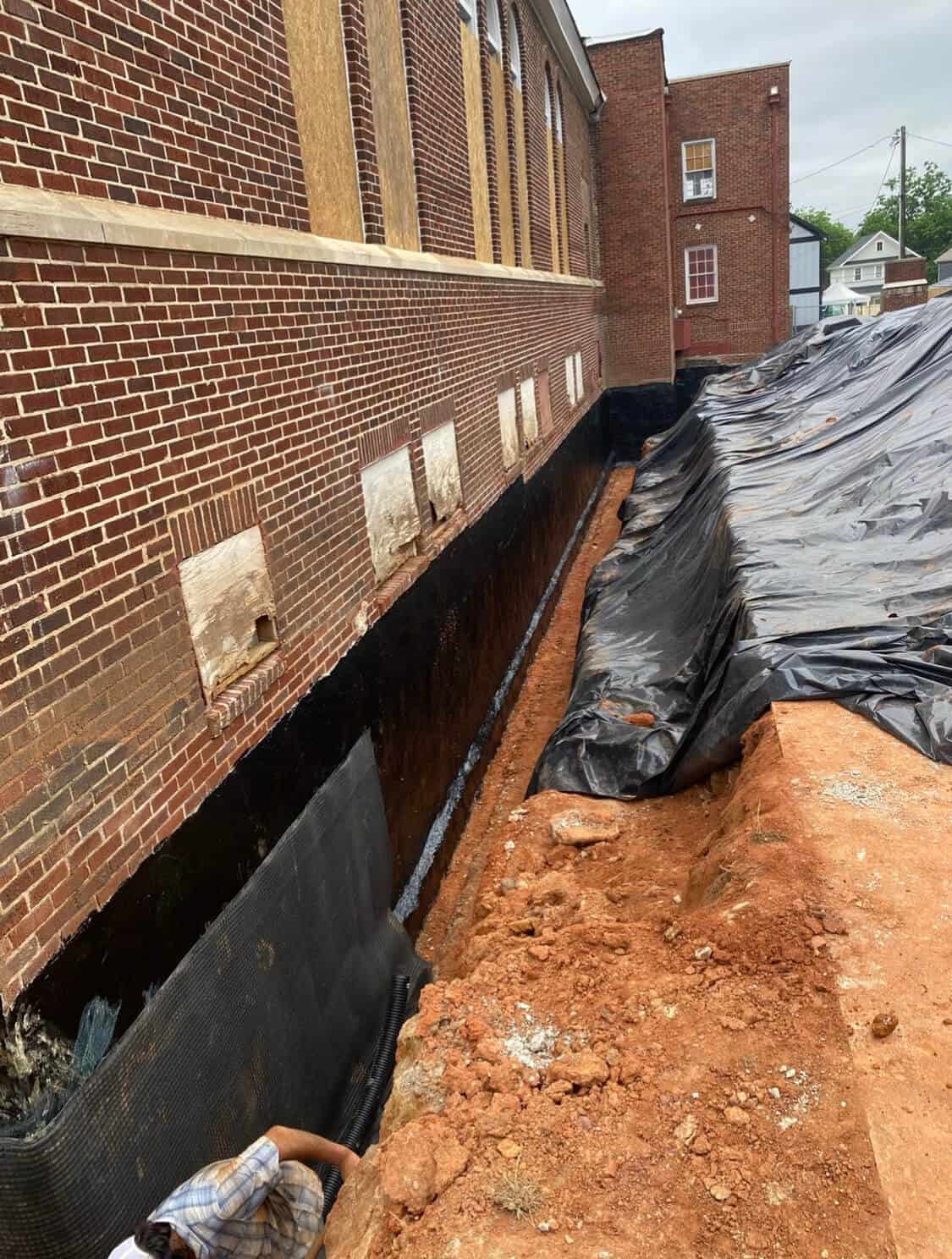Role of Grading in Basement Waterproofing
A dry and secure basement is essential for maintaining the structural integrity and overall health of your home. Grading, a fundamental aspect of landscape design, plays a pivotal role in preventing water damage by directing rainwater away from your foundation. In this blog, we will delve into the significance of grading in basement waterproofing and how it serves as a frontline defense against potential water-related issues.
Understanding Grading:
Grading refers to the slope or incline of the ground around your home. The purpose of proper grading is to ensure that water naturally flows away from the foundation rather than pooling around it. By strategically shaping the landscape, grading helps control the direction and speed of rainwater runoff, preventing it from infiltrating the basement.
Preventing Water Accumulation:
One of the primary functions of grading in basement waterproofing is to prevent water accumulation near the foundation. If the ground around your home is flat or slopes towards the foundation, rainwater may pool, increasing the risk of infiltration. Grading redirects water away from the building, minimizing the chances of water seeping into the basement and causing damage.
Preserving Foundation Integrity:
A consistently wet or damp basement can lead to structural issues, compromising the integrity of your home’s foundation. Excess moisture can weaken the concrete, promote mold growth, and create an environment conducive to pests. Grading acts as a proactive measure to safeguard the foundation by managing water flow and reducing the potential for long-term damage.
Mitigating Hydrostatic Pressure:
Improper grading can contribute to hydrostatic pressure, a force exerted by water against the foundation walls. This pressure can force water through cracks and openings in the foundation, leading to basement leaks. Adequate grading helps mitigate hydrostatic pressure by directing water away from the foundation, reducing the stress on basement walls and minimizing the risk of water intrusion.
Complementing Waterproofing Systems:
While grading is a crucial component of basement waterproofing, it is often employed in conjunction with other waterproofing systems for comprehensive protection. External waterproofing measures, such as the installation of drainage systems and the application of waterproof coatings, can work in tandem with proper grading to create a robust defense against water infiltration.
Preventing Soil Erosion:
Effective grading not only redirects water away from the foundation but also helps prevent soil erosion. Erosion can create low spots around the foundation, where water is more likely to accumulate. By maintaining a proper slope away from the building, grading minimizes soil erosion and reinforces the protective barrier against water-related issues.
Reducing Basement Humidity:
In addition to preventing direct water entry, proper grading indirectly contributes to reducing basement humidity levels. By controlling water runoff and keeping the foundation dry, grading helps create an environment that is less favorable for mold and mildew growth. This, in turn, contributes to improved indoor air quality and a healthier living space.
Grading is a foundational aspect of basement waterproofing, acting as a frontline defense against water infiltration and potential structural damage. By ensuring the proper slope of your landscape, you create a natural barrier that directs rainwater away from the foundation. As an integral part of a comprehensive waterproofing strategy, grading helps maintain a dry and secure basement, preserving the longevity and stability of your home. Regular inspection and maintenance of your grading system can go a long way in safeguarding your property from the detrimental effects of water-related issues.


